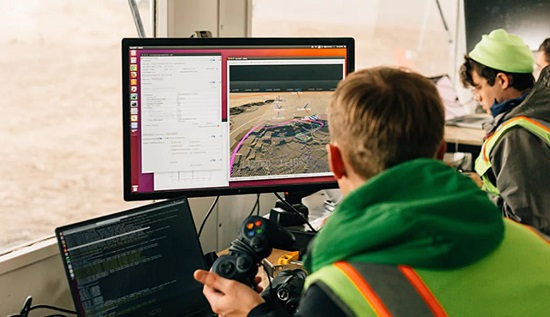 Saturday, May 18, 2024
Saturday, May 18, 2024  Saturday, May 18, 2024
Saturday, May 18, 2024 
Thousands of tonnes of earth in the United States has been moved by bulldozers and excavators that have no one at the controls. The heavy machinery is completely autonomous, and the company that created it wants to expand into Canada and help revolutionize the country’s construction industry.
“We want to get into Canada soon,” said Erol Ahmed, the director of communications with Built Robotics. “Canada is a great market for us because, you know, one of the big benefits of robots is they can work in remote areas with less labour. And Canada has a lot of remote construction projects … that is ideal for robots to help.”
Construction sites in Canada are transforming into the next great frontier for robots. From self-driving heavy machinery to four-legged robots, the construction industry is fertile ground for innovation, with hopes that robots will improve efficiency, safety and help solve persistent labour shortages.
Canada’s construction industry will need to recruit more than 307,000 new workers in the next decade, according to a report by BuildForce Canada earlier this year. BuildForce is an organization that studies the construction industry and assembles long-term labour forecasts.
The Canadian Construction Association hopes the adoption of new technology will help solve that problem.
“The programming, the repairs of robotics, it’s going to open up a whole new field and we certainly hope to attract a new generation of workers to the industry, so we hope that will also help address the shortfall in workers,” said Mary Van Buren, president of the association.
She said technology like self-driving vehicles could also help because there is a shortage of truck drivers to bring construction materials to their destinations.
While a fully operational self-driving car hasn’t hit the market yet, Built Robotics has already started using its machines on construction sites.
That is possible because a job site is a controlled environment and the robots can easily be programmed to clear land in a specific area, said Ahmed, whereas a self-driving car would have to deal with many more uncontrollable variables on a public road.